Up Next

Grand Prix Drivers’ Association director Romain Grosjean says the big difference in pace between fast and cooldown/preparatory laps in Formula needs to be addressed after Esteban Ocon branded the situation “dangerous” following his crash in practice for the Spanish Grand Prix.
The problem has been discussed before, most recently during the recent back-to-back Silverstone events, but Grosjean believes it must be raised again at an upcoming drivers’ briefing after Ocon crashed in avoidance of the slowing Kevin Magnussen during FP3.
That accident was down to a combination of factors, with Ocon letting Magnussen past having been misinformed that he was on a push lap, the Haas driver backing off and Ocon being distracted by watching for the Williams of Nicholas Latifi, who was on a fast lap. But the most significant factor was how slow cars go while not on quick laps.
Drivers on cooldown laps have to back off primarily to shed tyre temperature, with those on out-laps having to be cautious not to overheat the tyres, which Grosjean describes as “the big issue”. This creates situations where closing speeds of fast cars can be enormous and often leads to near misses.
This is exacerbated in qualifying by the need to create space for the lap, often leading to a traffic jam in the final sector as drivers back up. This is where the problem most often arises.
“It was raised at the drivers’ briefing at Silverstone, I think it will be raised again,” said Grosjean when asked by The Race about the dangers of such situations.
“It’s a safety matter and I’ll tell you one thing, you don’t feel comfortable at all driving so slow whilst cars are going so fast.
“There are some places where the mirrors they are only so good, [with] the radio communication we try to do our best but when the delta speed is about 1m15s a lap as it was at Silverstone and 45s here, it’s just too big.”
IS A MINIMUM PACE RULE THE ANSWER?
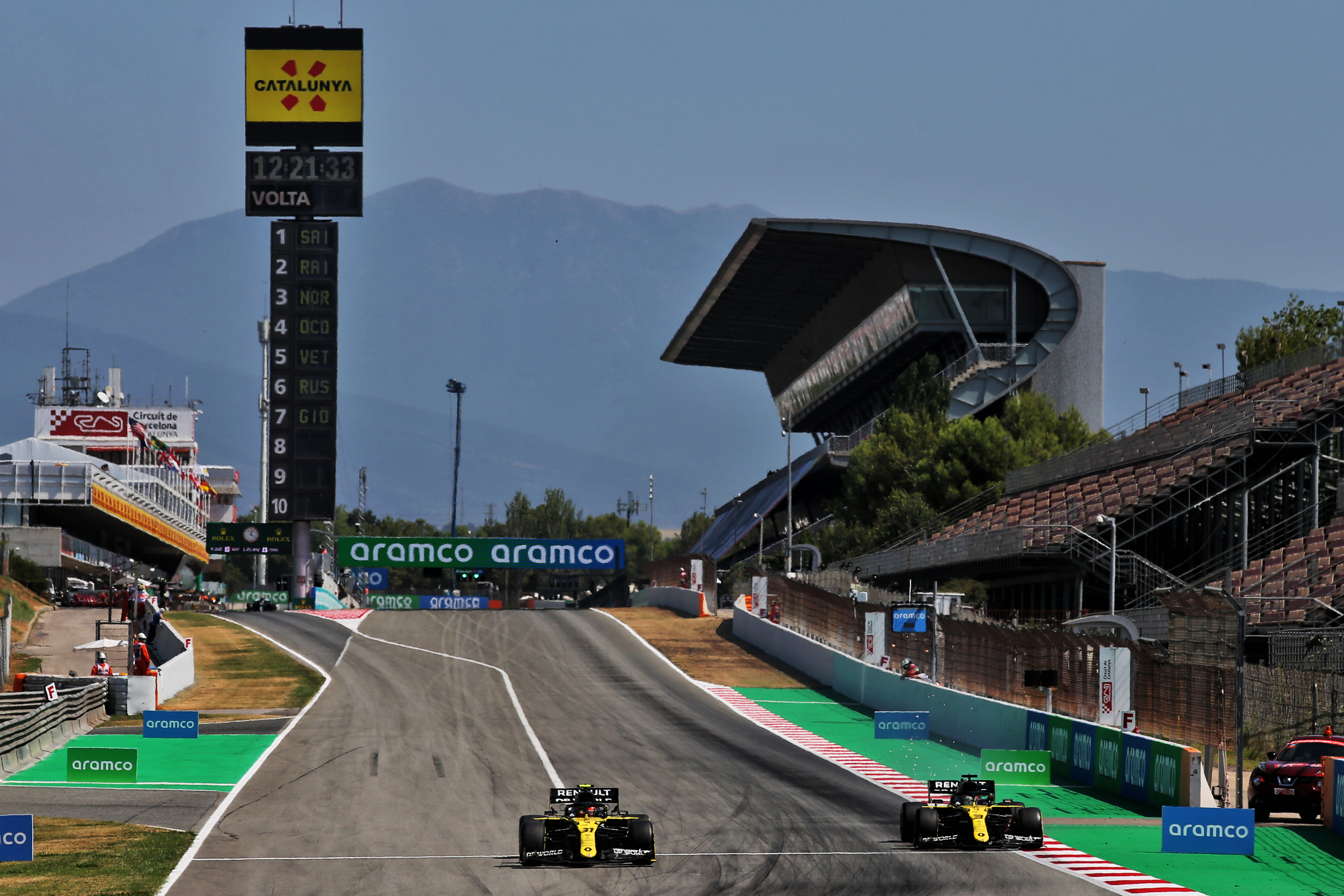
The problem has led to suggestions that some kind of minimum speed should be adopted that would prevent such a dramatic difference between fast and slow laps. The Race’s Gary Anderson has been a long-time proponent of such an idea and suggested it again after the Ocon/Magnussen crash.
Ocon is in favour of such a rule given the danger of the situation, especially as the problem has become more extreme lately – particularly as drivers start qualifying laps and turn the final sector into a traffic jam.
“I think we should,” he said when asked by The Race about the possibility of a proposed delta time rule.
“I don’t think it’s acceptable to have a queue of cars. If there is someone coming at race speed, it can be dangerous and this has been the trend in hot conditions. We are a minute slower, on a cooldown lap or to prep the lap, it’s very, very slow.
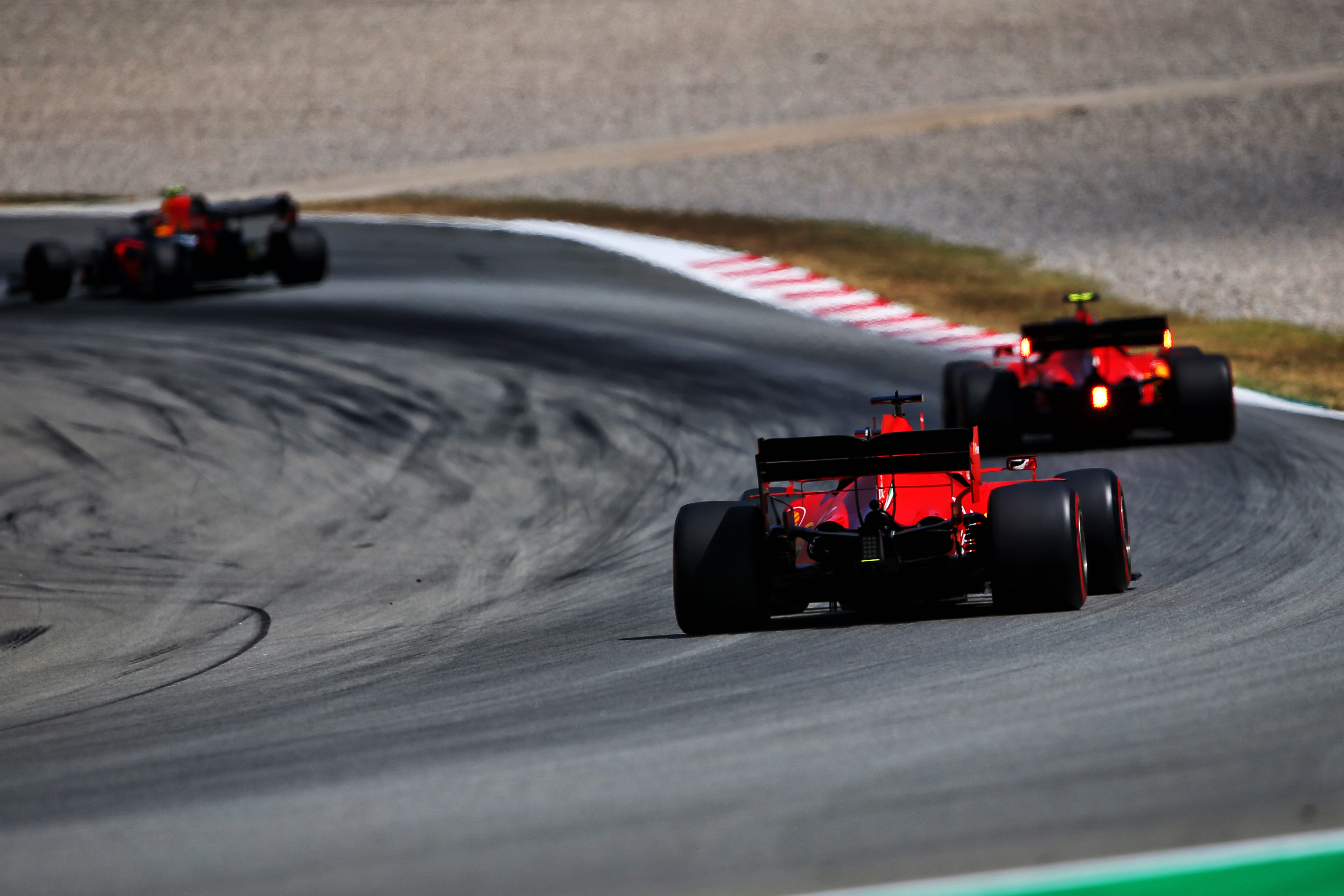
“So I would say we would need to limit it, that would be a good thing. To start my last lap, I was basically clutch in, and I was stopped. I was literally doing zero km/h in the middle of the [racing] line.
“It’s the first time that’s happened to me, in in 2016, ’17, ’18, I never saw something like that. So, it’s very extreme nowadays.”
Grosjean said the idea was feasible, but was concerned about the implications for the amount of on-track action and hinted that it came back to the more significant problem of the characteristics of the Pirelli rubber.
“I don’t have a straight answer,” he said on the possibility of creating a delta time in each part of the lap that drivers must stay within.
“It’s feasible but also it will mean that you only have one attempt on the tyre, so is that what you want to see, less cars going around, less attempts?” Grosjean added in response to this idea.
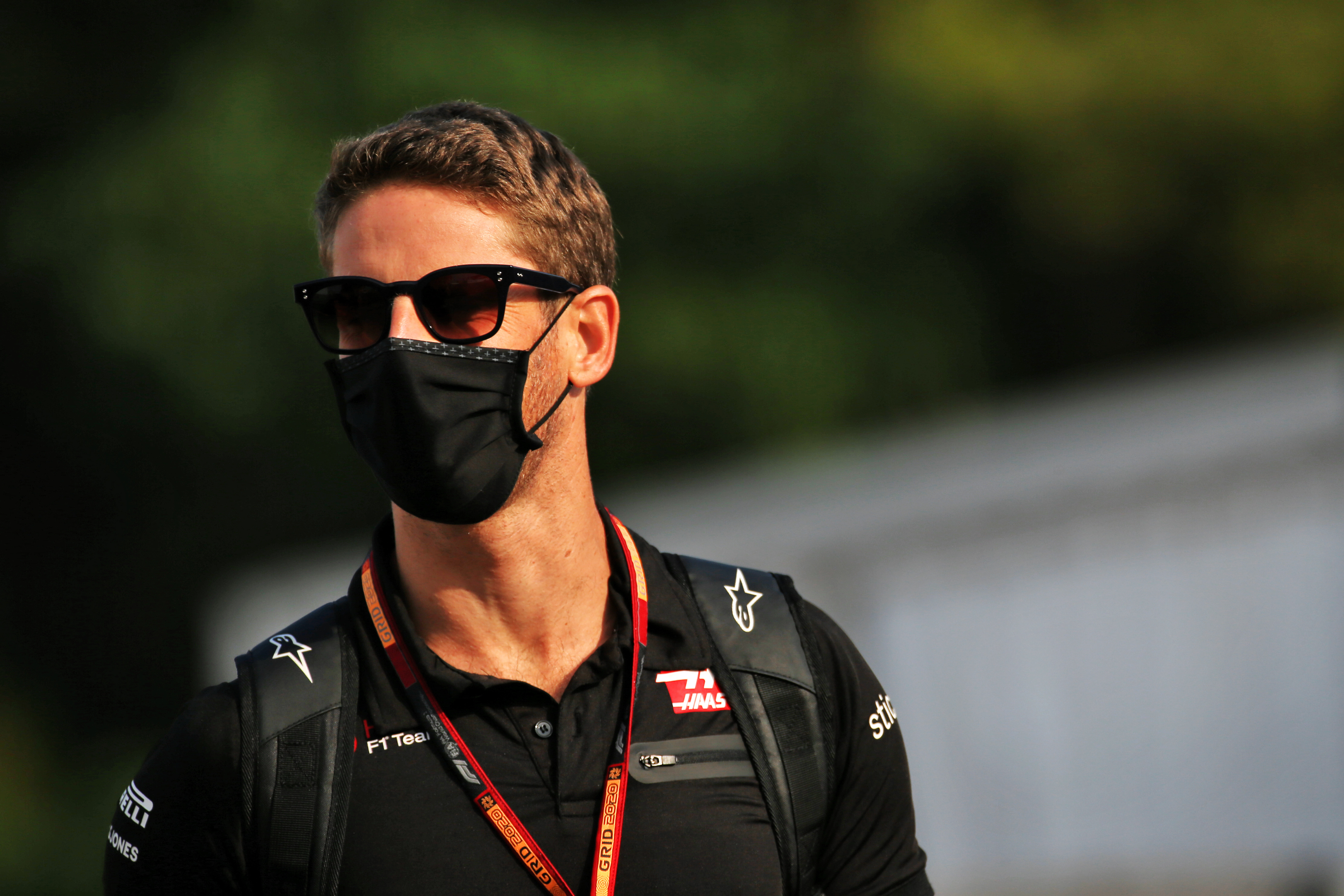
“We can always say that we bring the rule back that you have one lap in quali, then it’s only one car on track. I think the general problem is you are finding a plaster for a bigger problem that is here.”
Red Bull driver Alex Albon pointed to the so-called ‘gentlemen’s agreement’ that says drivers will not pass each other at the end of a lap while in the queue.
But opinions differ dramatically about whether or not this is a real agreement and, if it ever was, whether it has now been broken so many times that it’s irrelevant. As Haas driver Kevin Magnussen put it, “there is obviously no gentlemen’s agreement”. It’s difficult to dispute his claim given that, race after race, we do see drivers passing each other in exactly those circumstances as they seek an advantageous position in the queue.
“Everyone tries to slow up at the end [of the lap] because everyone wants to give about five seconds [of] gap to the car in front when you start your lap,” said Albon in response to The Race.
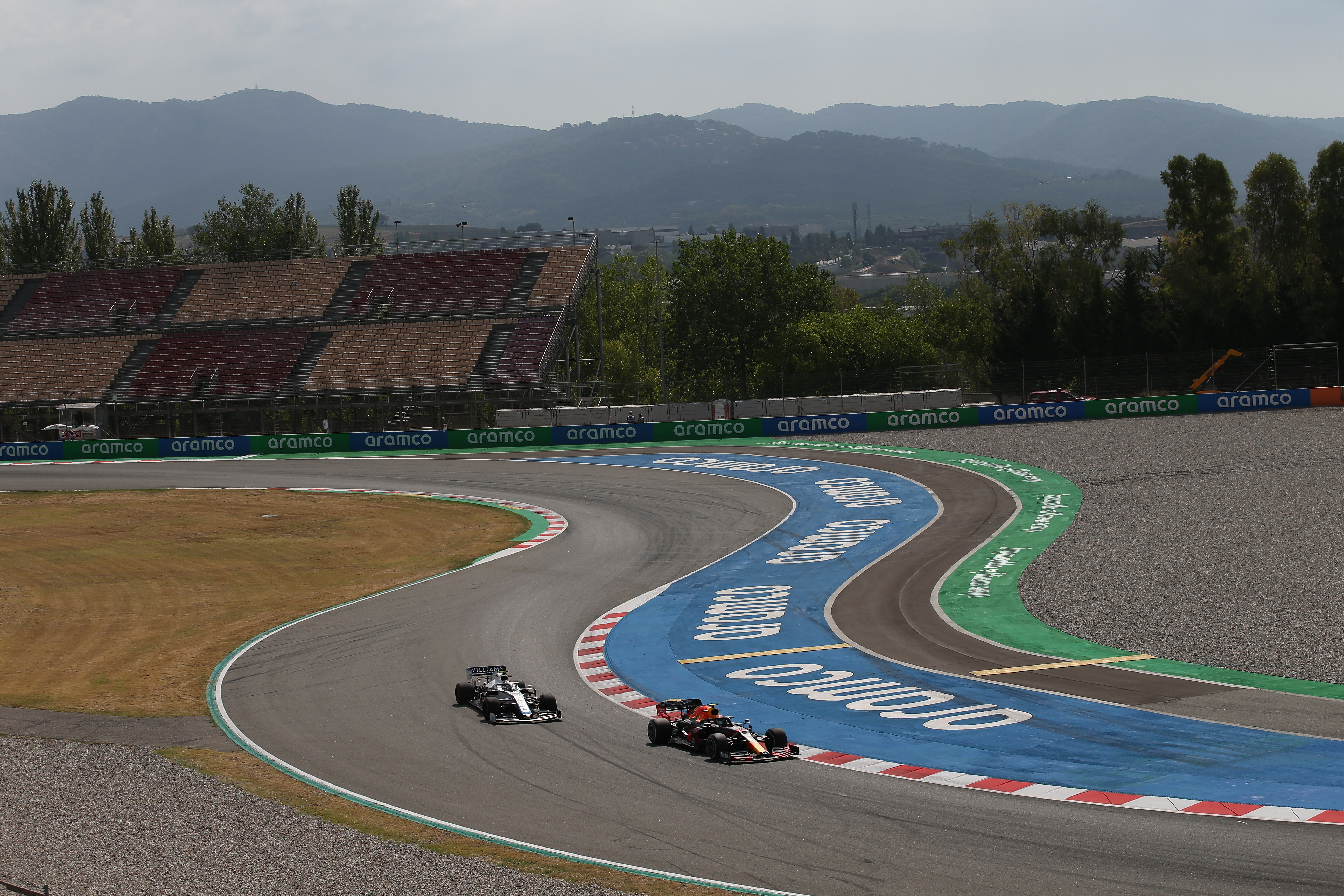
“But you’ve heard of this kind of ‘whirlpool’ effect where you don’t want to be the first car because there’s this circulation of air going through. So you always gain about a tenth or two tenths, if you’re not first down straights, just because you’re in that stream of air.
“You don’t want to be first but at the same time, you don’t want to be stuck. It looked crazy, some of the stopping at the end, and I didn’t want to do the same thing as Hungary. I was like, ‘if it comes to it, I’m going to overtake these cars in front and I think it’s important to’.
“We have this kind of gentlemen’s agreement where we don’t try to overtake each other just before we start a lap. But I was watching, some guys were overtaking right into the last corner, which looked a bit sketchy.”
Albon overtook the two McLarens on his final out-lap in Q3 at the start of the final sector as he attempted to avoid being backed up too much.

Haas driver Kevin Magnussen warned of the potential unintended consequences of such a rule, stressing that while identifying a problem is straightforward the solution can be more difficult.
He referenced the farcical situation at Monza (above) last year where eight of the nine cars still running at the start of the second runs in Q3 failed to start their final push laps after engaging in what might be called a ‘slow bicycle race’ early in the lap while seeking an advantageous position. But he is uncertain of what the solution is.
“It is something we have seen before and the FIA and the drivers are thinking about how to help that,” said Magnussen. “But it’s not an easy one because it’s got to be the right solution.
“If you implement a minimum time or whatever, it’s tricky to know if it will work and it’s not an easy thing to try. You could try for one race but it’s a big mess if it doesn’t work.
“I guess it’s something the FIA is aware of and that they want to fix but I don’t know how they will.”
WHY DRIVE SO SLOWLY?
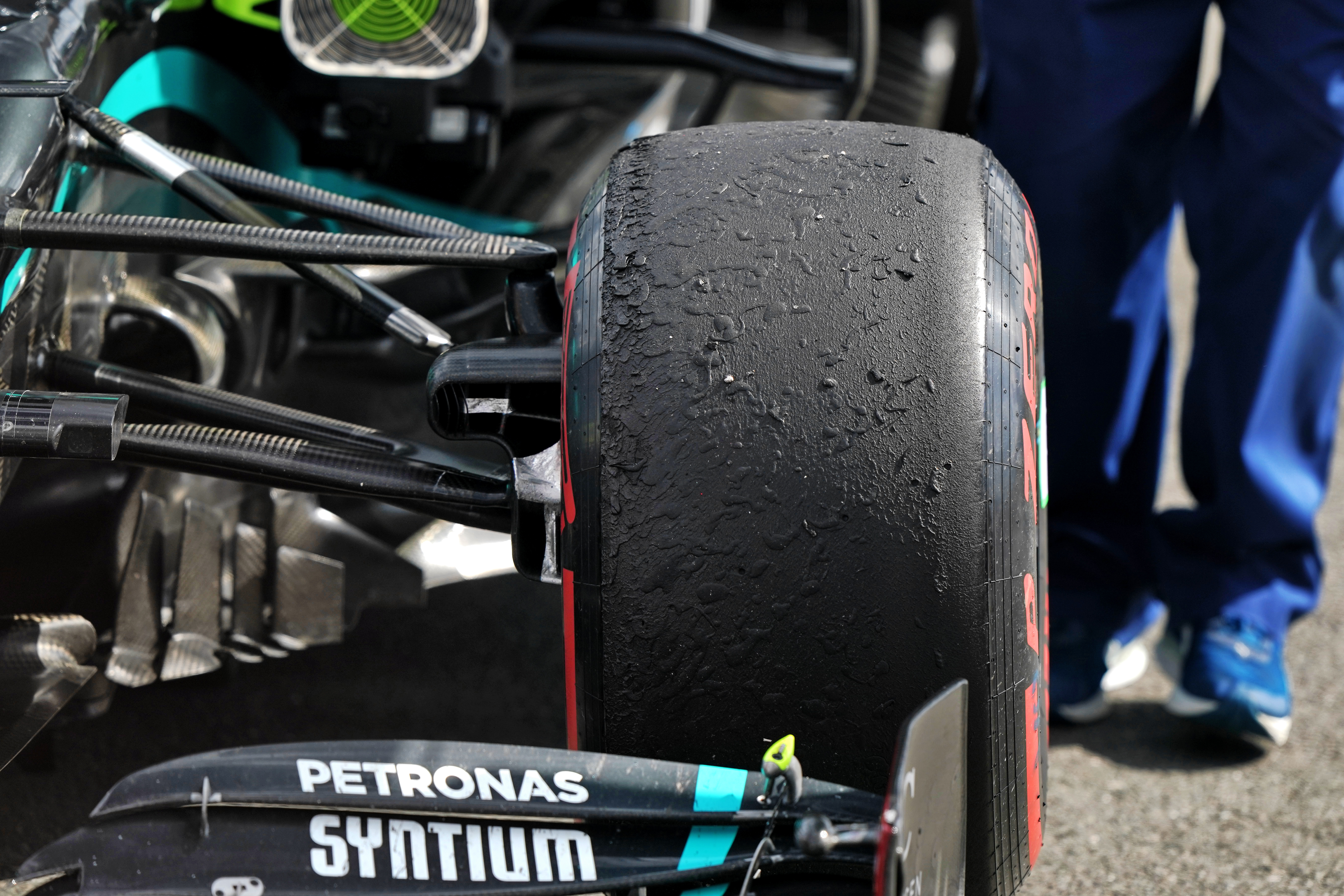
The drivers are absolutely right to point to the characteristics of the Pirelli tyres for this problem as it is the most powerful factor.
The engine mode used does have an impact given cars will generally not harvest energy on a push lap, then try and maximise the battery charge on a slowdown lap, but this is only a minor contributing factor given the need to manage the tyre temperature.
This means either preparing the tyres for a fast lap out of the pits by not pushing too hard, or crawling round to shed temperature after completing one in order to have another go.
“If you take only the engine mode, to charge the battery if you were still pushing you’d go three or four seconds slower, no more,” said Grosjean.
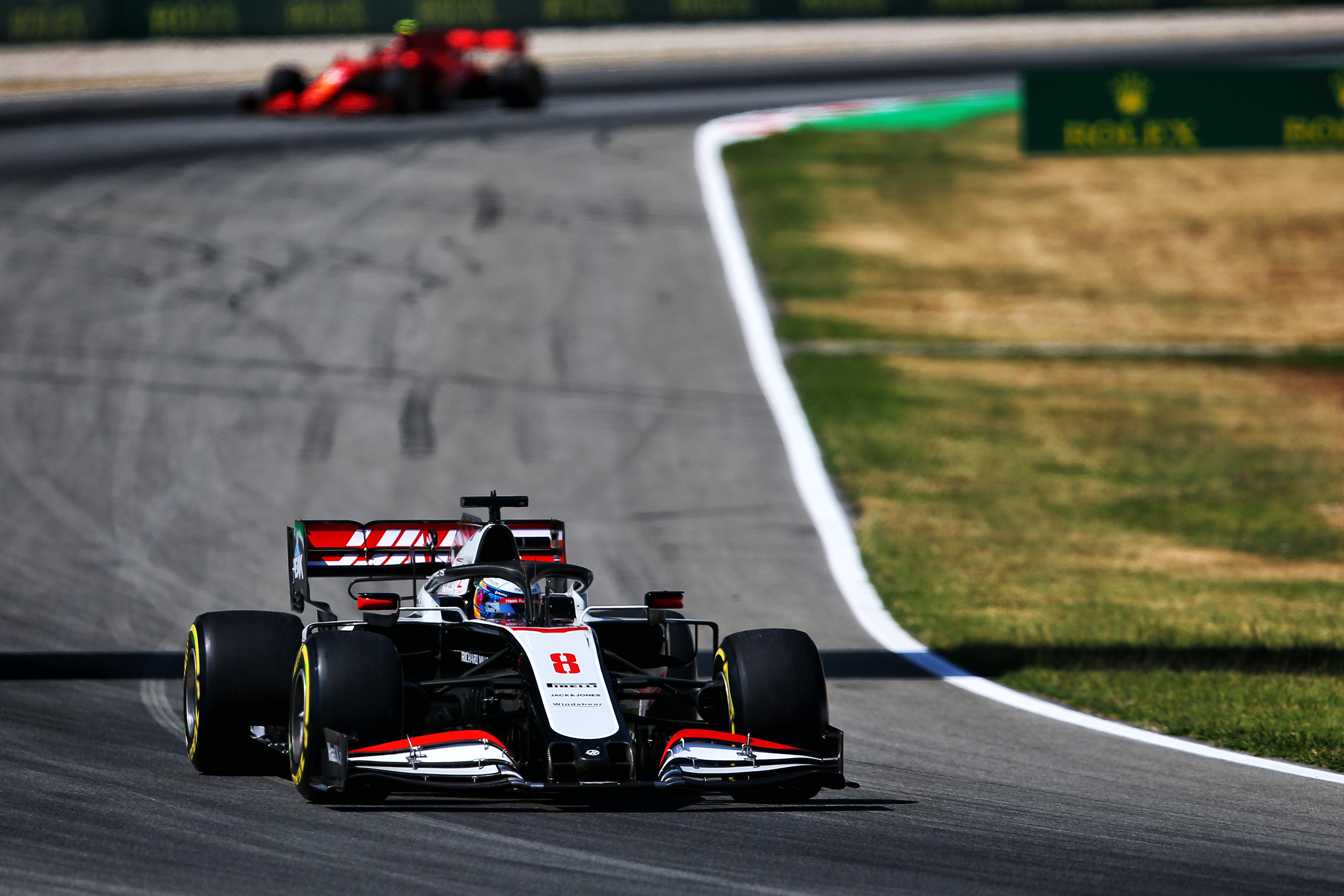
“So it’s not really the engine mode, it’s just the temperature of the tyres. We know where we need to start, we know where we finish the lap and we have got to lose about 30°C in one lap. And to lose 30°C you need to go as slow as you can and not generate any load on the tyres.
“We’ve mentioned a few times something will happen one day and this morning we saw a bit of a hairy moment. Luckily, it wasn’t too high-speed but it doesn’t feel right.”
Renault’s Daniel Ricciardo also pointed to the sensitivity of the tyres, stressing that if the lap starts with the temperatures too high it will mean a big loss of grip towards the end thanks to overheating.
“The reality is it’s the tyres, they’re so sensitive and if you push them too much on an out-lap they don’t last the whole lap so everyone’s trying to figure out the best way to get them cool and prepared for the lap,” said Ricciardo.
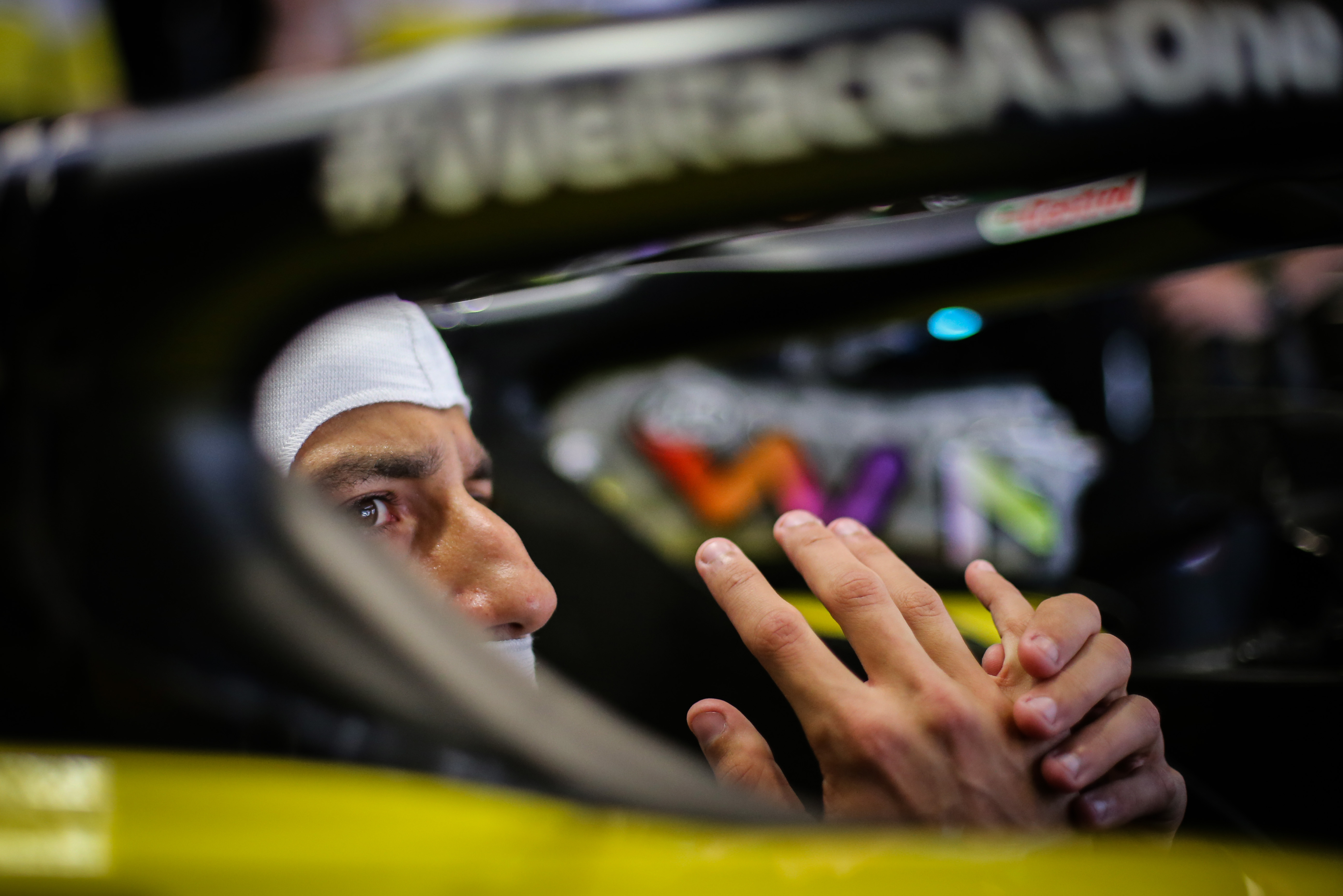
“In these conditions with this heat and with the third sector being so critical on laptime, that’s where your biggest gains can be just on pure grip. Everyone’s trying to just keep the tyres good for the last sector, so that’s why we’re protecting them on that outlap or on a cool down lap.
“So I think the reasons of the speeds is really just due to the tyres and the behaviour. We don’t want to be doing that, of course, it’s not fun when another car comes flying past you or you’re always pulling offline and getting marbles on your tyres.”
Albon also pointed to the rules restricting the preparation of tyres in the blankets before a lap as contributing to the troubles, combined with the narrow operating window of the rubber.
“We have all these tyre blanket rules now and the way the tyres are, we have to drive so slowly on an out-lap in two ways.
“Obviously we have to drive so slowly and our cool down laps are insanely slow, and it just creates issues. If we had a more forgiving tyre where you could just go out and push and not worry so much about being in the perfect 1-2°C of the operating window, then you wouldn’t have these issues.”




